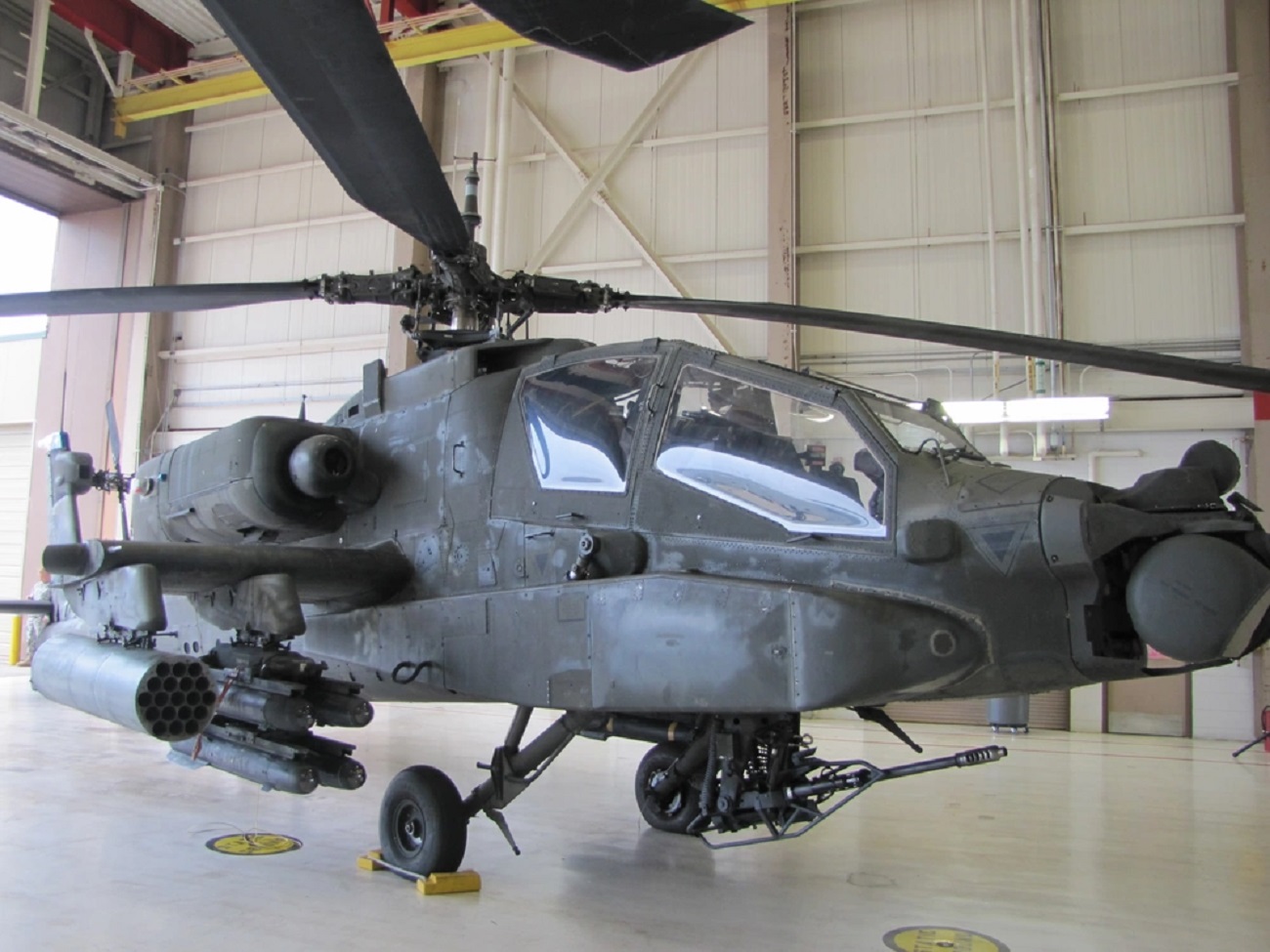With more than five million flight hours under its rotors and 40 years of technological advances behind it, the AH-64 Apache continues to be the best attack helicopter in the world. The Apache has been the Army’s heavy attack helicopter since the first delivery in January 1984. As the Project Management (PM) Office for Apache and the Army’s Aviation enterprise marks the 40th anniversary of the first delivery, Apache helicopters remain on duty around the globe, protecting America’s interests, and will continue in that role for the foreseeable future. To date, more than 5,000 AH-64 aircraft have been delivered to the U.S. Army and 18 international partners and allies. PM Apache has steadily upgraded the Apache from its original configuration. Few components of that first design remain, and the upgrades have produced the world’s premier attack helicopter. The PM released the latest version of the Apache in 2020.
“Our priority is to provide Warfighters with the necessary capabilities to be successful on tomorrow’s battlefield,” Maher said. “We are proud of the Apache and all those who maintain and employ the world’s premiere attack helicopter.”
“We’re extremely proud of the weapon system and the progression of capability over the years,” Col. Jay Maher, Apache project manager, said. “The Apache of today integrates the latest technologies, and we’ve been forging a roadmap for technological growth that lets us incorporate new capability aligned with Army priorities.”
The Boeing AH-64 Apache is an American twin-turboshaft attack helicopter with a tailwheel-type landing gear and a tandem cockpit for a crew of two. Nose-mounted sensors help acquire targets and provide night vision. It carries a 30 mm (1.18 in) M230 chain gun under its forward fuselage and four hardpoints on stub-wing pylons for armament and stores, typically AGM-114 Hellfire missiles and Hydra 70 rocket pods. Redundant systems help it survive combat damage. The Apache began as the Model 77 developed by Hughes Helicopters for the United States Army’s Advanced Attack Helicopter program to replace the AH-1 Cobra.
The Apache has been a valuable tool in the Army’s arsenal in both supporting Army ground forces and battle plans, as well as strategic attacks into enemy rear areas to support Army objectives. In Desert Storm, the Apache was used to fly deep into Iraq to destroy enemy radar facilities as the opening salvo to initiate the US and Coalition forces fight to free Kuwait. During Operation Enduring Freedom/ Operation Iraqi Freedom, Apaches were used to provide convoy escorts and support ground forces in contact. The Apache has over 1,340,000 flight hours in combat and peace-keeping operations in Afghanistan, Kuwait, Iraq, and surrounding areas. The Apache PM continues to innovate and improve the capabilities, sustainment, safety, and maintainability of the Apache for pilots and maintainers.
















